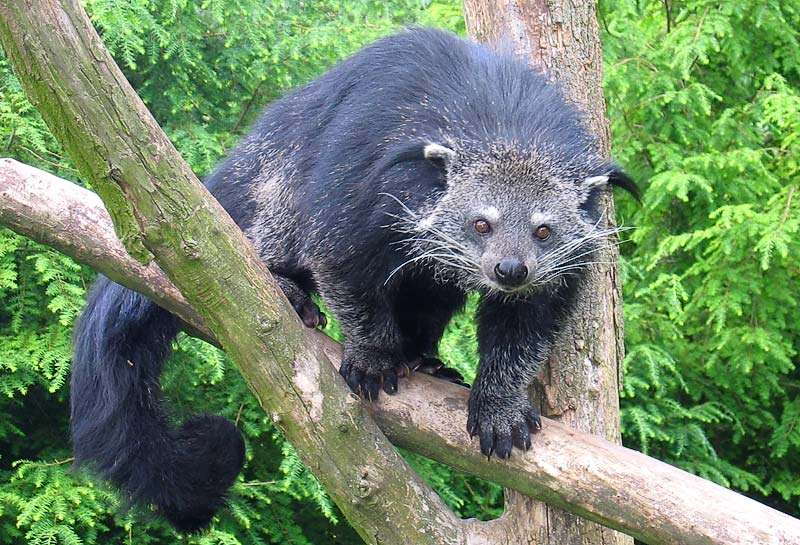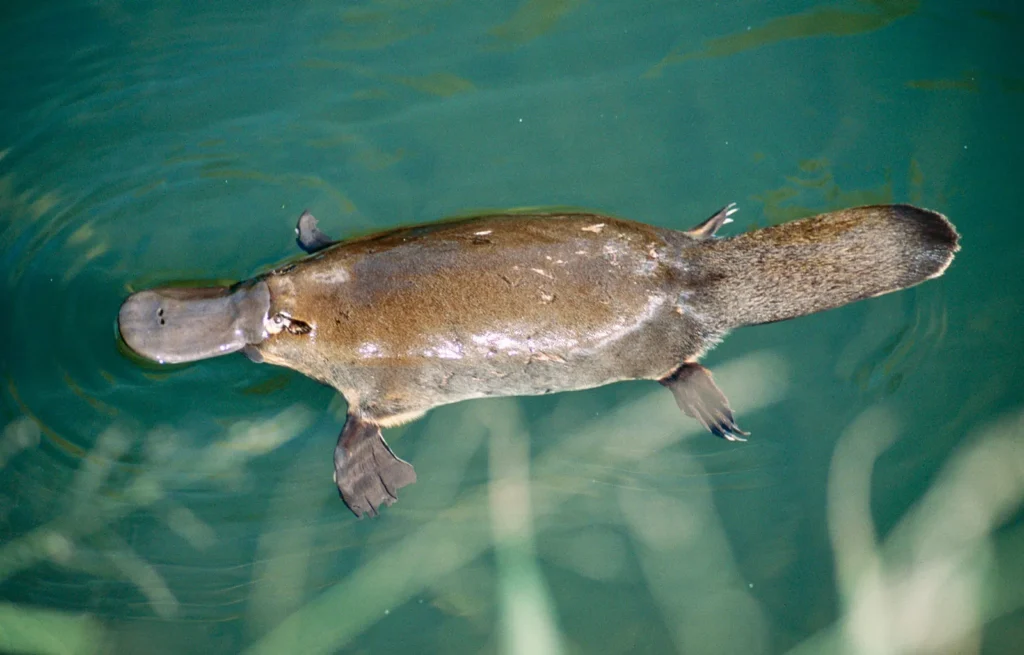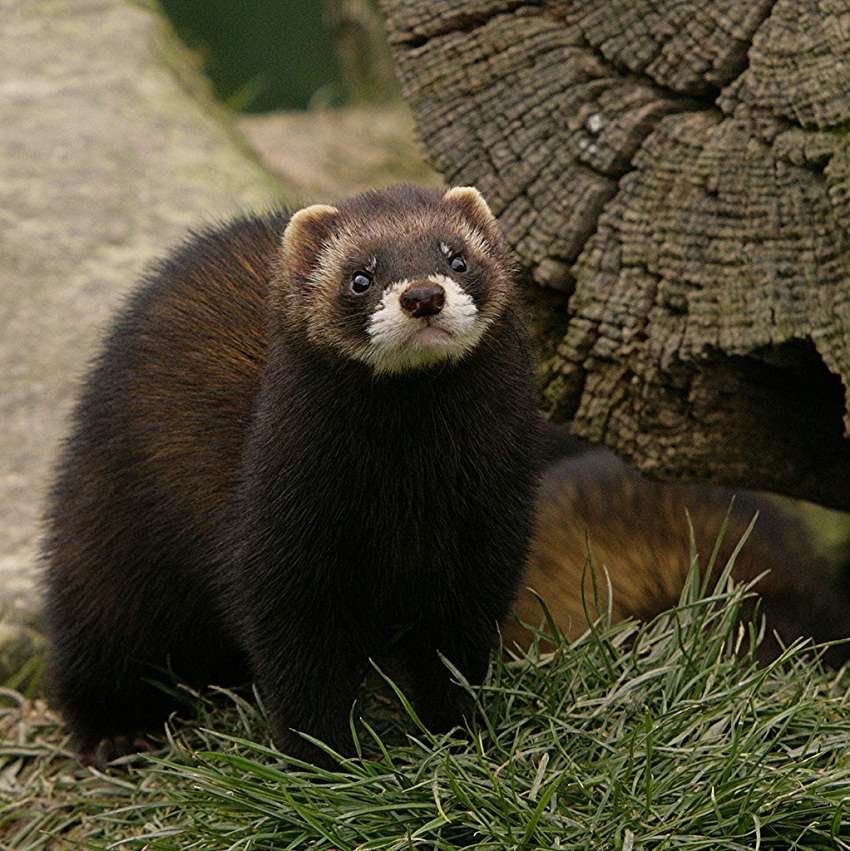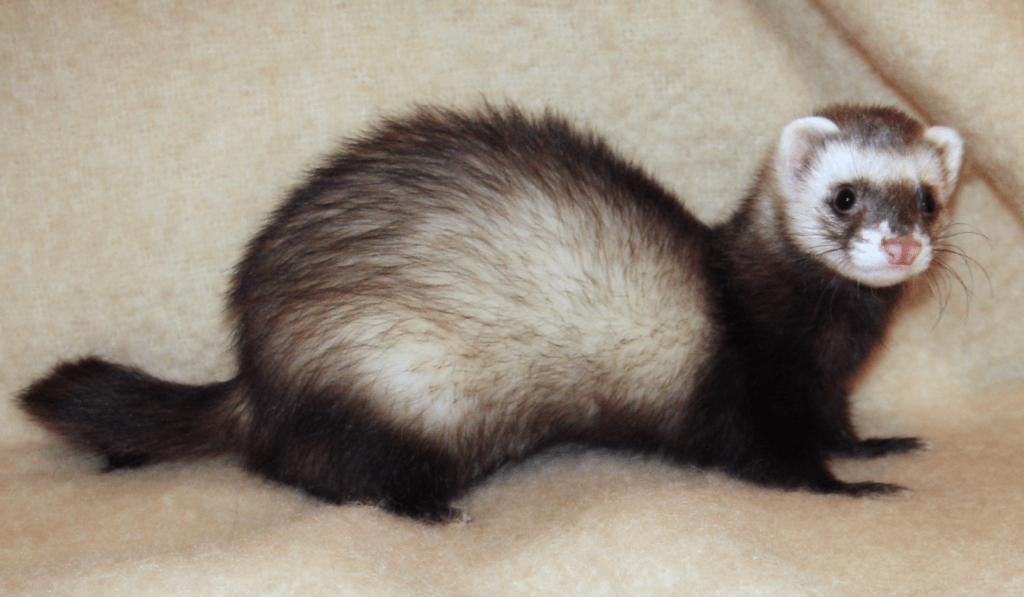
Description
Scientific Name: Arctictis binturong
Viverride endemic to South and Southeast Asia is the binturong, also called the bearcat. Binturongs have short, stocky legs and long, massive bodies. They have snouts that are small and pointed and have more teeth than most carnivores do. Additionally, they have numerous, noticeable, thick white whiskers. They are kept dry by their long, thick, and shaggy coats. The majority of the coat is a dark brown to black colour, with a grey tip.
Their faces typically have a lighter colour. The look of binturongs is particularly appealing because to their reddish-brown eyes and lengthy ear tufts on small, rounded ears. This species exhibits sexual dimorphism, with females being roughly 20% bigger and heavier than males.

Habitat
Living in the canopy of lofty, heavily forested tropical woods, binturongs. Both on the ground and in the trees, they need dense vegetation.
Although binturongs are found all over South-East Asia, several regions are experiencing severe population declines.
Behavior
Because they are “arboreal,” binturongs reside in trees. They are not particularly nimble, and they spend the most of their time travelling slowly and cautiously inside the woods. As a result, they typically navigate between trees by coming to the ground rather than jumping or leaping between branches. Their walking style resembles a flat-footed amble. Although they typically hunt at night, they occasionally do it during the day as well.
Binturongs secure themselves by wrapping their tails around a branch when resting or sleeping. They behave very much like cats while they are seeking prey in the woods. They can swim and dive well, therefore they also go fishing.
Scent glands located under the tail help binturongs identify their area. The smell that makes them remind people of hot, buttered popcorn comes from these glands. They also use vocalizations like howls, growls, and hisses to announce their presence.
As Pet/ In Captivity
Binturongs have extensive care needs that are best managed by zookeepers and trained wildlife handlers. Although binturongs have been extensively maintained as pets, notably in Malaysia, this has led to a decline in their population. They can be temperamental and violent on occasion, which makes them challenging to care for as pets. Despite being categorised as carnivores, binturongs primarily consume fruit. Hunting and eating small mammals, insects, fish, birds, and eggs serve as a complement to their diet.
Table





